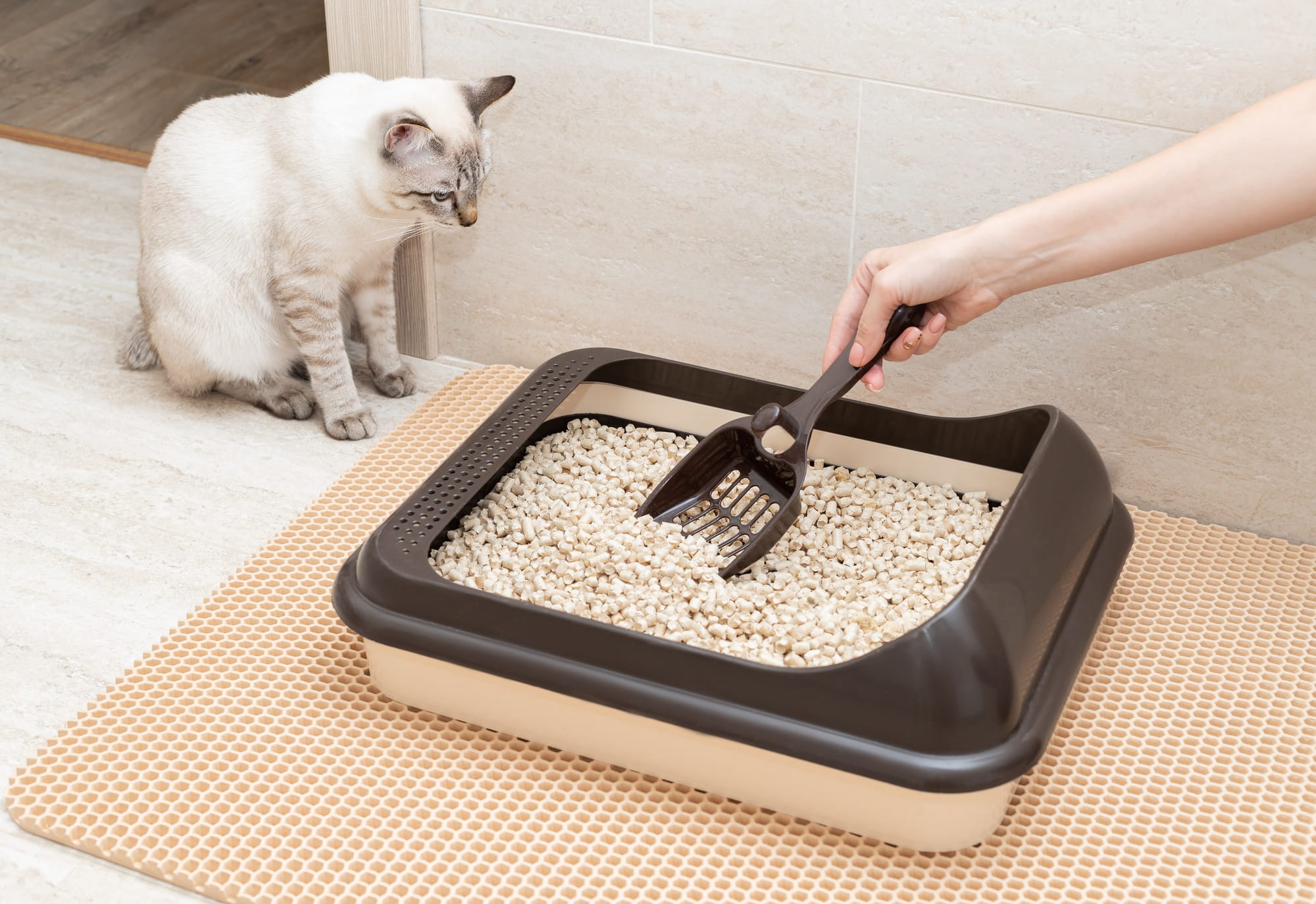Blocked Bladders in Cats

What You Need to Know
A blocked bladder in a cat is a medical emergency — and it happens more often than most people realise. If your cat is struggling to urinate, it could be a life-threatening problem that needs immediate veterinary care.
🐱 What Is a Blocked Bladder?
A “blocked bladder” means your cat can’t urinate because something is blocking the urethra (the tube that carries urine from the bladder out of the body). This is most common in male cats, but it can happen to females too. If the blockage isn’t treated quickly, toxins build up in the body and can cause kidney failure, heart problems, or even death.
🚨 Symptoms to Watch For
Call your vet right away if your cat shows any of these signs:
- Straining to urinate but nothing or very little comes out
- Going to the litter box frequently
- Crying or meowing in pain
- Licking their private area more than usual
- Blood in the urine
- Hiding, loss of appetite, vomiting
- Appearing tired or weak
Even if your cat seems "okay" but isn't passing urine properly, do not wait. A blocked bladder can become critical within hours.
🩺 When to Go to the Vet
Immediately.
If you suspect a blockage, take your cat to the vet as soon as possible — don’t wait overnight or for the next day. Your cat may need emergency treatment, including a catheter to remove the blockage and hospitalisation.
🥣 Feeding the Right Food
Once your cat has had a blockage, there’s a high chance it can happen again. Special urinary health diets help lower that risk by:
- Controlling minerals like magnesium and phosphorus
- Increasing water intake to dilute the urine
- Helping dissolve crystals that cause blockages
Always use a vet-recommended urinary prescription food — available in dry and wet formulas. These include brands like:
- Hill’s Prescription Diet c/d
- Royal Canin Urinary SO
Avoid giving other food or treats, unless your vet says it’s safe.
💧 Encouraging Water Intake Helps
More water = healthier bladder.
Try:
- Adding water to dry pellets
- Using a pet water fountain
- Placing extra water bowls around the house
🏥 We’re Here to Help
At Driehoek Dierehospitaal, we take urinary issues in cats seriously. If your cat is showing any warning signs, don’t delay — early treatment can save lives.
📞 Call us immediately if you’re concerned.
Let’s work together to keep your cat healthy, happy, and pain-free.


